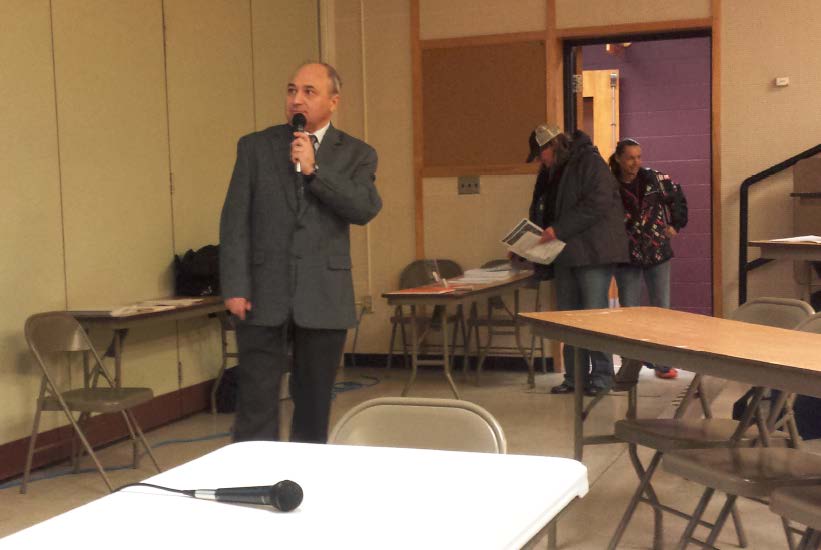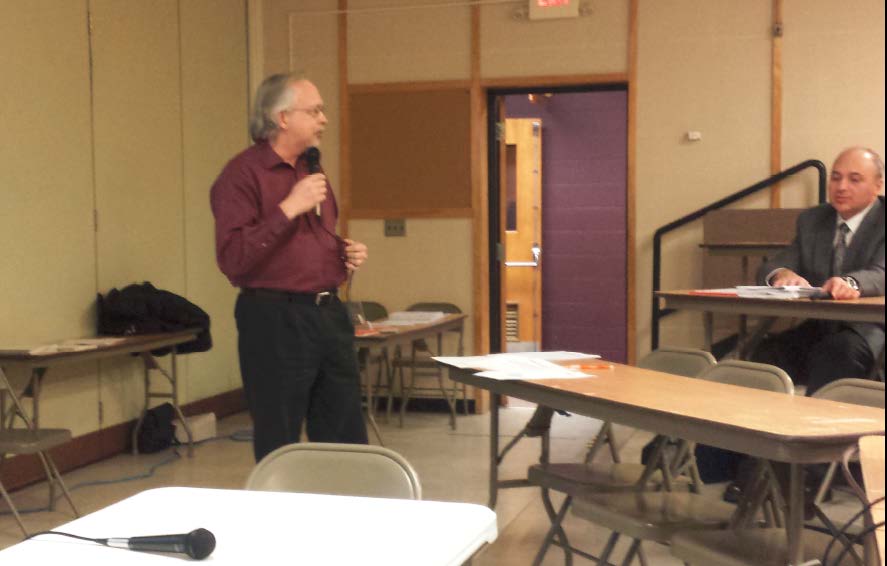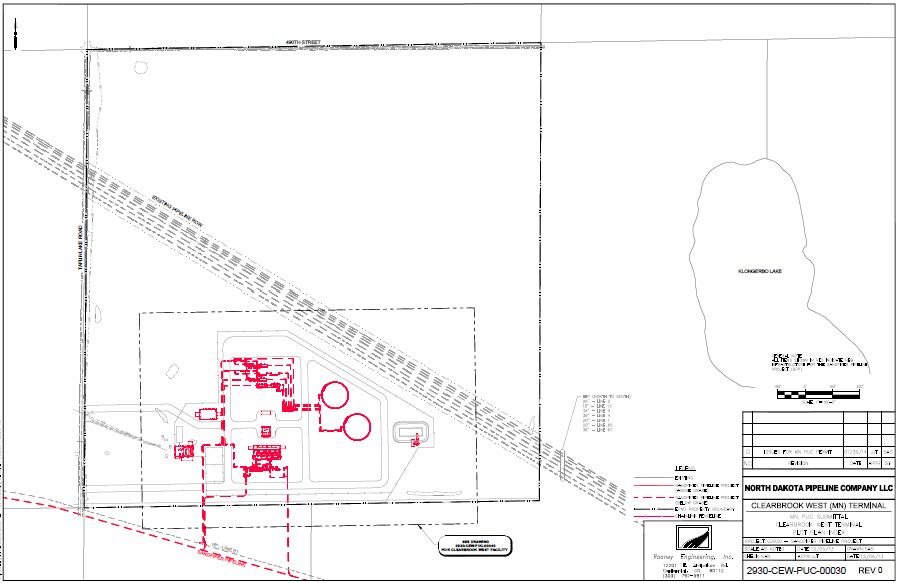Clean Power Plan — MPCA Meetings
March 9th, 2016
Last night at the Urban League, the MPCA held a meeting, a “listening session” about the proposed Clean Power Plan as a prelude to its rulemaking.
TONIGHT IS ANOTHER MEETING:
MPCA Clean Power Plan Listening Session
Wednesday, March 9, 2016
5:30 p.m. – ? At least 8 p.m.
Cornerstone Plaza Hotel
401 6th Street S.W.
Rochester, MN
The MPCA has been holding ‘listening sessions,” a/k/a meetings, and has info on its site:
Clean Power Plan: Rulemaking in Minnesota
Here’s the federal plan, now on hold at order of the court:
Clean Power Plan (U.S. EPA)
I very much do like that they’re going forward, despite the federal stay, because it is going to take some time to ramp up efforts.
Here’s the handout I brought to that meeting. I ran out, only about 1/4 of the room covered, so that means there were at least 80 people there.
On the other hand, there are a lot of things I take issue with.
One thing that’s discouraging to me is that this is called the “Clean Power Plan” but they have not made any attempt to separate out and prohibit burning of garbage and biomass, both very dirty by any definition. Incineration must be removed from the definition of “renewable.”
Another issue is that they’re NOT going to put together a rulemaking Advisory Committee, as provided by statute. I asked about this last night and they verified it.
Instead, what they’re doing is gathering the same ol’ same ol’ folks in an informal process, and they’re not going over a proposed rule prior to its being sent to the MPCA head (remember, there is no Citizens Board thanks to certain MN legislators) for release, and when it’s released, it’s too late for substantive changes. The MPCA was part of the crew, with DNR and EQB, that so badly mangled that silica sand rulemaking (ummmm, whatever became of that, anyway?). This does not bode well.
So now, on to tonight’s meeting, gotta do some prep.
And yes, that’s Frank “Coal Ash” Kolasch presenting. What a moniker!
Tonight’s gathering starts at 5:30 p.m. or so with an open house (coffee & cookies), and the presentation and “listening” starts at 6:30 p.m.
MPCA Clean Power Plan Listening Session
Wednesday, March 9, 2016
5:30 p.m. – ? At least 8 p.m.
Cornerstone Plaza Hotel
401 6th Street S.W.
Rochester, MN
Be there or be square!
Chesapeake’s McClendon dies!
March 3rd, 2016
 Thanks to a “little birdie” for the heads up!
Thanks to a “little birdie” for the heads up!
The day after indictment of Chesapeake’s Aubrey McClendon, he crashes into bridge abutment on left side of road at “high rate of speed” and dies in a firey crash.
Energy pioneer McClendon dies in Oklahoma car crash a day after indictment
Ex-Chesapeake CEO Aubrey McClendon dead after car accident
McClendon remembered as energy ‘visionary’ despite controversy
Here’s the report that exposed his dealings to the world:
Special Report: Chesapeake and rival plotted to suppress land prices
He’s also made massive political donations, including to “friend of fracking” Hillary Clinton in 2008, and also $250k to the Swiftboaters. From Sourcewatch:
McClendon has donated to both Republican and Democratic political candidates, though most of his donations and his major donations have been to Republicans or Republican-associated groups, including the Republican National Committee, National Republican Congressional Committee and Oklahoma Leadership Council; [12] and 527 groups, most notably the Swift Boat Veterans for Truth, to which he contributed $250,000 in 2004. [13]
But that’s not all — Chesapeake bought off Sierra Club during Carl Pope’s reign:
From Slate, about McClendon’s death and legacy:
Why Aubrey McClendon, the Fracking CEO Who Died in a Crash Wednesday, Was His Industry’s Perfect Symbol
Aubrey McClendon, the high-flying founder and former CEO of Chesapeake Energy, a pioneer of the fracking revolution, died Wednesday in Oklahoma City after his car hit a wall in at high speed. McClendon, 56, had been indicted Tuesday on federal charges of conspiring to rig bids on leases when he was CEO of the Chesapeake. According to the New York Times, he was supposed to be in court later in the day.
In his field, McClendon was victim both of his own success and of some familiar business and character flaws. Those who have seen Hamilton will recognize his particular American archetype: relentlessly aggressive, self-made, brilliant, a balls-out risk taker even when he had it made, tolerant of big losses, able to pick himself immediately after getting knocked down, a man of large appetites. And, also, it turns out, a little crazy. McClendon was of a personality type described by the psychologist John Gardner in his book Hypomanic Edge, one that you often see during booms and busts. You don’t need the hypomanic edge to succeed in America. But you might need it to succeed at scale, at national level, in a place as big and large as this.
After the Internet, fracking might be the most significant technological development of the last 30 years. The techniques of hydraulic fracturing have liberated, at low cost, immense amounts of oil and natural gas, lowering energy costs, turning the U.S. from an energy importer into an energy exporter. And McClendon was there right at the beginning. If you want to understand, read these two books by Wall Street Journal reporters: Greg Zuckerman’s The Frackers and Russell Gold’s The Boom: How Fracking Ignited the Energy Revolution.
Chesapeake—which, despite its name, is based in Oklahoma—is the second largest producer of natural gas in the U.S. McClendon founded it in 1989 with 10 people and built it into a Fortune 500 company thanks to its combination fracking and aggressive deal-making. With his wealth he acquired a magnate’s usual toys, including a chunk of the Oklahoma City Thunder.
But McClendon was undone by the type of behavior that is surprisingly common among people who have built large enterprises rapidly. Having built a huge fortune and a huge company, he leveraged it further and lived ever larger. As Reuters reported in a big 2012 investigation, McClendon bought a slew of high-end properties, used corporate jets for family travel, borrowed money against his holdings, and ran a hedge fund out of the company’s offices.
Such behavior can be tolerated or overlooked when a company is booming. But there’s much less margin for error when the markets turn against you. Fracking became such a potent technology that annual natural gas production in the U.S. soared by 40 percent between 2005 and 2015. Much of the natural gas found its way into power plants; between 2005 and 2015, the percentage of U.S. electricity derived from natural gas rose from 19 percent to 32 percent. But fracking has produced a glut. While there is a small and growing market for natural gas as a transportation fuel, particularly in bus and trucking fleets, there is a cap to domestic demand. And while you can easily export oil by piping it onto tankers, exporting natural gas requires the construction of enormously expensive import and export terminals, equipment, and specialized ships that can carry the cargo. Led by Chesapeake and its cohort, the U.S. vastly increased its production of natural gas without boosting its capacity to use or export it.
That was great for the U.S. economy. The supplies of cheap natural gas have helped lower emissions, boost air quality, keep power prices down, and provided an enormous competitive advantage to chemical plants and other industries that use natural gas as a feedstock or ingredient. But it has proven to be bad news for highly leveraged companies in the business of natural gas production, like Chesapeake.
Between May 2008 and May 2012, Chesapeake’s stock fell by about two thirds. And the falling stock took McClendon down with it. Rather than sell shares of the company he founded, he borrowed money with the stock as collateral. In 2012, margin calls forced him to sell big chunks of stock. As investigations mounted in the wake of the Reuters report, McClendon stepped down as CEO in January 2013.
Rather than sulk off and enjoy his still substantial wealth, McClendon almost immediately set up a new energy company, just down the street from Chesapeake’s headquarters. “We’re built to be opportunistic and bold,” the company, American Energy Partners, proclaims on its website. American Energy Partners raised boatloads of money from private equity investors to invest in natural gas production.
As McClendon was building his new company, however, federal prosecutors were building a case against him. The indictment charges that McClendon conspired with executives at another, unnamed company, to rig bids on natural gas leases. And reading between the lines, it seems like Chesapeake—the company he founded—had been cooperating with the investigation.
McClendon’s rapid rise and fall highlights a unique aspect of America’s historic economic development. It often takes bubbles to create new industries and build new industrial infrastructure in the U.S. And it often takes highly ambitious rogues to make those bubbles happen.
——–
Scoping Mtg. TODAY – Rochester Gas Pipeline
February 29th, 2016

Today it’s a meeting or two about a pipeline, but that’s not all… it’s also about a gas plant at the beginning of this pipeline route!
First the pipeline — Minnesota Energy Resources Corporation is the applicant, and it’s PUC Docket 15-8858, a docket for a pipeline route on the west and southern edges of Rochester, Minnesota, starting at the “Westside” substation on the west side of town, along the big gas transmission pipeline that runs parallel with Hwy. 14. From there it goes a section west, and then south and around to the east.

And lo and behold, last week, Rochester Public Utilities announced its long planned natural gas generating plant for that same location as this pipeline starts, at 19th St. NW and 60th Ave. N. W. This proposed plant was at issue during the CapX 2020 Transmission Certificate of Need docket, where RPU discussed building a natural gas plant in its RPU_34945_Report_June_2005. Here’s the 2015_update_rpu_infrastructure_study. During the CapX 2020 CoN hearing, that notion was pooh-poohed, but we knew better. And voila, here it is!
First they brought it up at RPU Board meetings over the summer:
PUB- Resolution 4315 – Resolution: West Side Energy Station
Westside Energy Station Epc – Bids in Minnesota
And finally, last week, RPU made it’s plans to add new natural gas generation VERY public:
Back in that CapX 2020 Certificate of Need proceeding (PUC Docket 06-1115) it was an issue because the “need” used to justify CapX 2020 transmission to Rochester was so very small that it could be met with this RPU planned natural gas plant. Here’s what I wrote in the 2008 No CapX 2020 Initial Brief:
Most importantly, the need is overstated. In addition to modeling performed with all local generation off line, infrastructure planned was not considered. For example, in Rochester, there are FOUR 161kV lines planned that were not taken into consideration, and which could well serve Rochester’s needs. In addition, RPU, the Rochester utility, has planned for new generation at the West Side substation (Ex. 100, lower left corner), where two of those four lines will be connection to serve Rochester. Ex. 157, Report on the Electric Utility Baseline Strategy for 2005-2030 Electric Infrastructure, June 2005, Summary p. S-21-S-22. Specifically, this report recommends actions that have been taken by RPU, resulting in the Westside Substation and transmission from it to serve the city:
Consider taking options on approximately 100 acres of land within the RPU service territory near a high pressure gas line and transmission facilities under RPU control for installation of future combustion turbine capacity.
…Around 2014, assuming that new generation is required in accordance with the long range plan and that generation has not been installed in connection with the transmission issue, begin the process for installation of approximately 50-100MW of natural gas-fired generation for an inservice date of 2018. The generation should be low capital cost with as low an operating cost as is consistent with expected operating capacity factors.
Id.
Local load as a reason for CapX is not supported by the evidence. The need, even if assumed, can be met in other ways, and these small amounts, if assumed in its entirety, cannot justify a project of this size.
And here we are, deja vu all over again. Guess we need to make sure that phased and connected actions are considered in this pipeline environmental review.
And another thing, this pipeline environmental review — the PUC, despite that Sandpiper case, ordered a “comparative environmental analysis.”
Nope, that “environmental review lite” is NOT sufficient…
21st Century version of glasses on head…
February 26th, 2016
So I was on a couple days’ road trip up north and then south, back home, frazzled, running errands and catching up, and now I have a few minutes to put my feet up and deep breathe, and I’m looking for the books I’m reading, found two, “Mississippi River: Historic Sites and Interesting Places” and Rolvaag’s “Peder Victorious,” but where’s the other one?
I’m pretty anal about book storage, well, not literally, but I keep them in certain spots where I’m sure my ADHD self can find them. Nope, it’s not around. Upstairs, downstairs, in my spinner, briefbag, not buried because I spent the day organizing and cleaning my desk, and once over again. WHERE IS IT! Looked under every pile in the house, under tables, under the covers, in the dog’s mouth… nowhere.
But then after half an hour of frantic looking, I had a flash… 21st century problem…
Found it…
Tidbits revealed at Clearbrook xmsn meeting
February 23rd, 2016
Yes, up in Clearbrook last night for the DoC EERA’s Public Meeting for Scoping of environmental review (lite) for the Minnkota Clearbrook – West Clearbrook 115 kV Transmission Project.
For the full scoop on this project go to PUC’s Docket SEARCH HERE, and search for docket 14-665, and for the backstory, dig up the Sandpiper dockets, 13-473 and 13-474, a very large undertaking.
Caesar Panit of the PUC and David Birkholz of Commerce hosted last night’s meeting:
Last night’s meeting was quite well attended for such a short transmission line, just 5+ miles, but that’s likely because of its connection to the Sandpiper pipeline project. It’s an important project to Enbridge, and one that should be closely scrutinized because as of this point, it’s timed exactly backwards, and shouldn’t even be proposed until Sandpiper is permitted and we know where it’s going to go, and whether there will even be a “Clearbrook West” terminal.
Timed backwards? Yes… This project is way premature, because it’s transmission to power the Sandpiper new “Clearbrook West” terminal and pumping station, one which is just starting back into the intense environmental review of a court ordered EIS (yes, finally Minnesota appellate court agrees that an EIS must be completed prior to issuance of Certificate of Need), and it is not safe to presume that the new “Clearbrook West” terminal is going to be there given the MPCA Comments and proposal of Crookston as a logical alternative:
But that’s not all that’s interesting… in the Application, Minnkota had a brief mention of RUS, the USDA’s Rural Utility Service. And I had one of those flashes, having dealt with RUS on CapX 2020, and now the Dairyland Q-1 “upgrade” project through Onalaska. So I asked them about it, on the record, and learned that yes, RUS is financing this project, that yes, there will be environmental review, likely an “environmental report,” and that there might be a public comment period on it if USDA’s RUS chooses, and when I asked whether Dennis Rankin is handling it at RUS, he said, “Yes, that’s the guy!” It is a very small world, and as we say in transmission, “It’s all connected.”
Minnkota is kind of dodgy about what this project is for, saying repeatedly it’s for “one customer” but given the terminal at the proposed Clearbrook West area where Sandpiper’s new Clearbrook West terminal would go, it’s a DOH!
Here’s the site from Sandpiper’s Application, Appx G.3 Facility Drawings_01.30.13, showing it next to Klongerbo Lake (keeping in mind MPCA’s recommendation of the Crookston alternative):
Other things to note:
They say they want to avoid wetlands… but in the “cross country” area near the “Clearbrook West” terminal location, it’s all wetlands, and in the terminal area itself, it’s wetlands, not suitable for a pipeline terminal. What are they thinking?
There’s lots of info to inform the scoping decision, and for sure Commerce and the PUC will get this info!

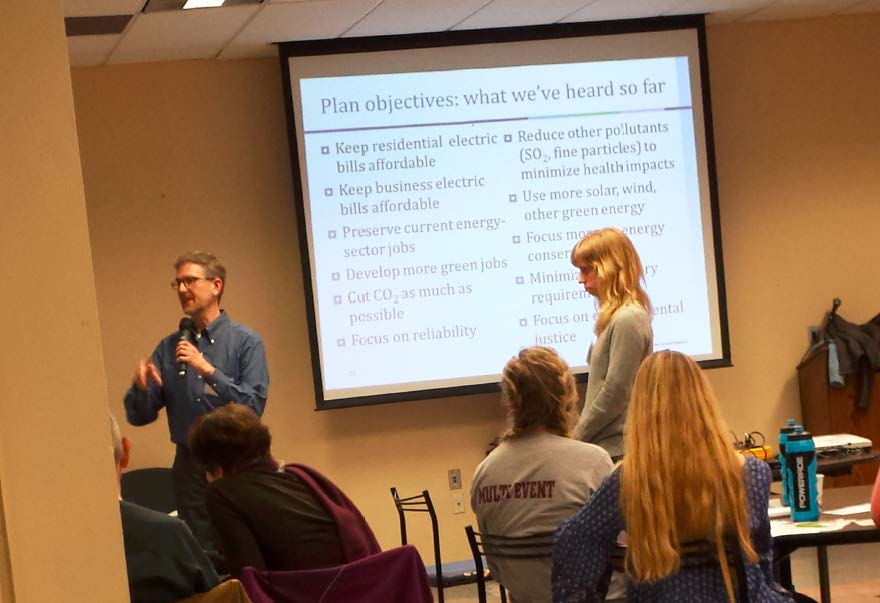



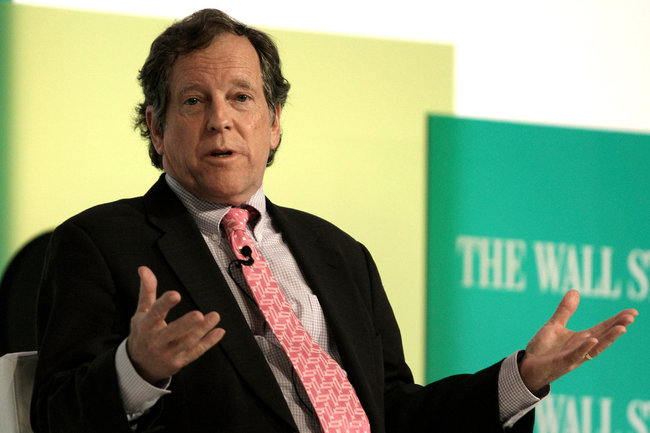


![20160222_174028[1]](https://legalectric.org/f/2016/02/20160222_1740281-1024x576.jpg)
